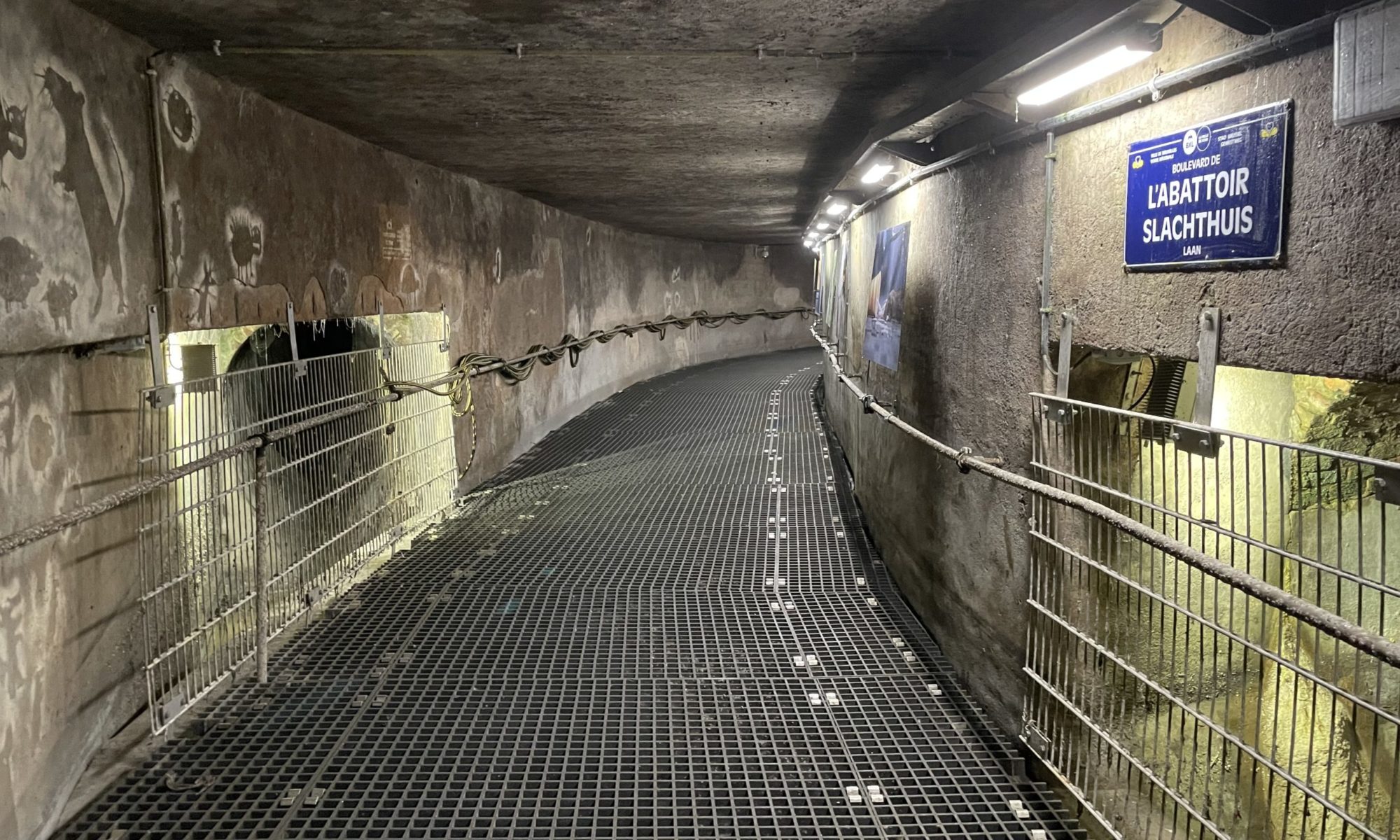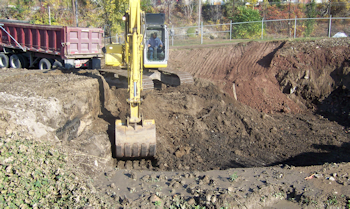Background information for those just wandering into this legislative disaster:
Last year, some of our Illinois legislators passed a law to regulate and impose a fee on anyone trying to dump dirt in a hole. At least that's the way it started out. As you will see from this update, the IEPA has worked to amend the requirements of the law.
The bill started out as an Electronic Recycling bill but was soon changed to regulate the dumping of soil from a construction site. No one working in the industry seemed to be aware of it until a day or so after Governor Quinn signed it into law. This was when contractors began calling inspectors on their jobs asking the owner's professional engineer to sign the form that was now required to dump any load of dirt.
Because of the uproar and confusion over this law, the IEPA had a few meetings to try to find out what all the fuss was about. The meetings were only open to a select few, and from talking to those who did attend, it appears no further guidance or information was obtained from the sessions. Then, winter hit, and construction shut down.
And now the update:
Anyway, what we have all been wondering is, what's the current status?
First of all, we need to understand they are really still working through the formal rules. It appears the official rules will not be decided until next year even though we can be charged with a felony if they feel we haven't complied. So the following information, from what I understand, is the best we will get until they figure out what the law they passed really means.
Next, I heard through the grapevine (meaning this is totally unverified) that the aggregate industry was behind this. They supposedly wanted to minimize their liability in receiving construction material.
It also appears IDOT moved quickly to sign an intergovernmental agreement with the IEPA establishing their obligations. IDOT was obviously affected dramatically by this law since it immediately went into effect in the middle of the construction season. With millions of dollars of construction projects at stake, IDOT could not wait around for two years for everyone else to figure out what was really going on.
For the rest of us, there are now two levels of certification. If soil is obtained from an area that is historically considered to be residential, the Source Site Certification by Owner or Operator LPC-662 form must be filled out. This does NOT need to be signed by a professional engineer.
If soil is obtained from a commercial/industrial area, but is uncontaminated, the Uncontaminated Soil Certification by Licensed Professional Engineer LPC-663 form must be filled out. This form MUST be signed by a professional engineer. And of course not all of us who have PE licenses are comfortable with signing this based on our expertise. So many are hiring engineers with a background in soil contamination to sign for their projects.
And I guess there is still no official decision on whether moving dirt on the same jobsite from one hole to another is a problem. Here is the information on the IEPA website: http://www.epa.state.il.us/land/ccdd/index.html
How does this apply at the "ground" level?
The advice I heard so far from other engineers is to create a map of your city that is broken into two areas: one colored for residential and one colored for commercial/industrial. For public works departments, crews can then use this map to figure out what form to use for the material they excavate and need to dump. One idea is to create separate piles for residential and commercial/industrial. Then when the piles need to be hauled out and dumped, the proper form can be filled out and signed if necessary. Some cities are hiring engineers to analyze the commercial/industrial pile and then sign the form if found to be uncontaminated. If there is contamination, the pile is hauled to a special waste site.
The other idea is to just haul all material from a commercial/industrial site straight to a transfer station. Then the station is responsible for disposing of the material.
For projects, many are talking about having the residential form filled out and placed in the proposal documents for residential areas. For commercial/industrial areas, an engineer has to be hired during design to analyze the area and sign the form if necessary. This form is also included in the proposal. Also, provisions must be in the proposal for disposal of contaminated soil if found. And because a load that is certified to be uncontaminated can later be turned away, there must be provisions for who is responsible for disposing of that load. Because the soil from my project might be ok, but the contractor could go pick up a contaminated load and come back and try to tell me that was my soil. Now we have to pay for its disposal at a special waste site. And how am I to know? This is one area where it just makes everything that much more confusing and difficult to manage.
Some final tips:
Make sure you separate the pavement material from the soil. I was told having pavement material mixed in the soil will make it contaminated.
Also, tell the crews on the jobsite NOT to throw paint cans into the loads. This is a very typical practice on construction sites. But your clean load will come up contaminated at the dump site if this is done.
And finally, make sure you do your own research and talk to your attorney before deciding your process because no one still seems to know what is really going on. Feel free to post your own comments or experiences dealing with this law.


